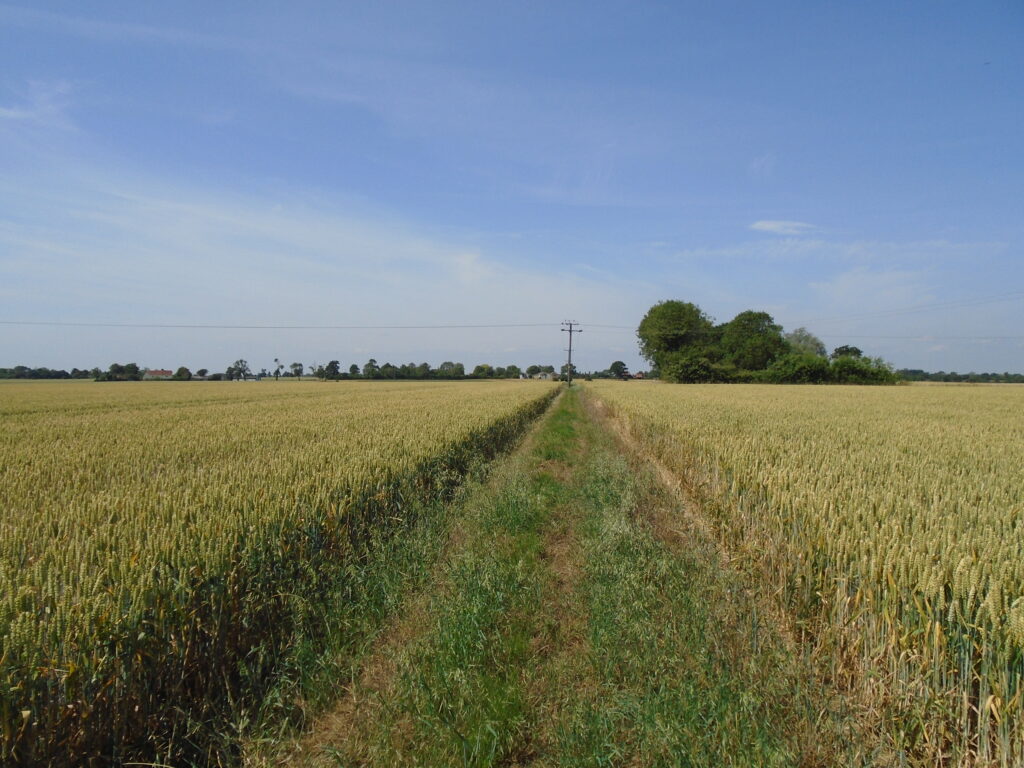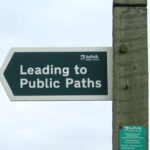December 2024 Update: The deadline has been scrapped! Wonderful news notheless we still need to all work towards restoring as many paths as possible.

Rights of way are often hundreds of years old and have come about through ancient usage or the enclosures of historic commons. A legal right or way which has been established does still exist to this day even if it is not recorded. Prior to 1949, rights of way were not recorded together on a single map. Rather they would be dedicated legally in disparate acts. Without a central location to identify rights of way it became clear that such paths were at risk of becoming forgotten and lost. During the 1940s, the increase in intensive farming lead to the removal of the majority of hedgerow radically altering the countryside landscape. In turn this mean many footpaths would run through open fields further increasing the chance they would be lost for good.
The Definitive Map
So what does recording a right of way mean? The National Parks and Access to the Countryside Act 1949 introduced the definitive map. The definitive map is a register of all footpaths, and other rights of way, held by your local council. Rights of way currently may exist however if they are not recorded on the map the council will not know of its existence. As a result, it will not be upkept and may be blocked up by landowners, through fencing or development, without any right to challenge. This is not the only risk facing ancient unrecorded footpaths however…
The Ramblers estimate 41,000 miles of rights of way with historic legal right are not registered. In all likelihood, the figure is probably higher. The government is intend to remove the right to claim footpaths which were established prior to 1949 by stopping up the legal rights. The deadline before the lost rights of way are extinguished has been progressively extended, scraped and changed. In March 2023, the government performed a U-turn reintroducing the cut-off to 2031. This means all historic rights of way which are not registered on the definitive map before then will be lost forever. Thousands of miles of paths benefiting everyone will be gone. This is terrible and we must challenge the government’s short sighted decision. Historic rights of way are ancient parts of our national heritage and it is vital we support them.
So What Can I Do?
Everyone who cares about rights of way should contact your local MP to protest against the reintroduction. The Ramblers, Open Spaces Society and Horse Society do fantastic work lobbying on our behalf and investing time into researching lost rights of way.
The most important thing you can do though is get down to your local records offices and start researching to uncover lost rights of way. Finding the evidence to claim an unregistered right of way can be a daunting challenge however we can point you in the right direction. We hope to publish more tips on this website to help prospective rights of way claimers. In the meantime, we recommend reading ‘Restoring the Record’ by Sarah Bucks and Phil Wadey. Restoring lost rights of way can be a challenging and long process but you will be ensuring our wonderful network of paths are safe for future generations to use.
